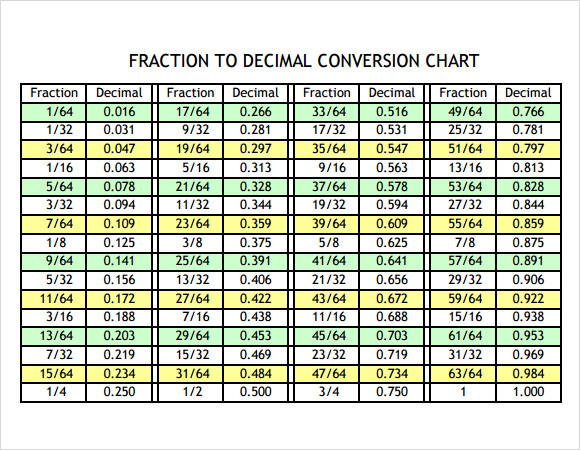

In my example, that was C3, which pairs with B3. Put the cursor in the first cell in the new column that pairs with a cell in the hh:mm column.(To format the column, select the column header, right-click on it, select Format Cells, select Number on the Number tab, then change the Decimal Places value to 0. Click OK.)
 Set the format for the cells in this new column to Number with no decimal places - this formatting is critical for the formula to work. Insert a new column (C) and called it Minutes. (To format the column, select the column header, right-click on it, select Format Cells, select Custom on the Number tab, then select h:mm from the list of types. Set the format for this column to Custom > h:mm. (Yes, those non-stop flights to/from Sydney to Dallas Fort Worth are killers!) Enter elapsed times in hours and minutes (using the format hh:mm) in Column B. This is where I got caught - I didn’t have the correct formatting applied to the cells. To convert hours and minutes to minutes, you have to multiply the hh:mm value by 1440 (which is 24 multiplied by 60 ), AND make sure you set the formatting correctly for the both the hh:mm cells and the resulting minute cells.
Set the format for the cells in this new column to Number with no decimal places - this formatting is critical for the formula to work. Insert a new column (C) and called it Minutes. (To format the column, select the column header, right-click on it, select Format Cells, select Custom on the Number tab, then select h:mm from the list of types. Set the format for this column to Custom > h:mm. (Yes, those non-stop flights to/from Sydney to Dallas Fort Worth are killers!) Enter elapsed times in hours and minutes (using the format hh:mm) in Column B. This is where I got caught - I didn’t have the correct formatting applied to the cells. To convert hours and minutes to minutes, you have to multiply the hh:mm value by 1440 (which is 24 multiplied by 60 ), AND make sure you set the formatting correctly for the both the hh:mm cells and the resulting minute cells. Decimal time converter excel template trial#
But I had to do quite a bit of trial and error and Googling to get it to work. Converting hours and minutes (hh:mm) to minutes in an Excel spreadsheet is actually quite simple, once you know what to do.






 0 kommentar(er)
0 kommentar(er)
